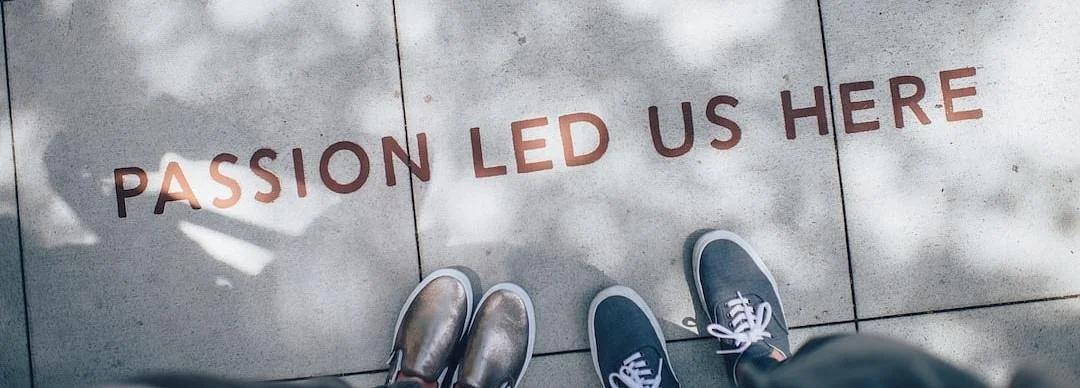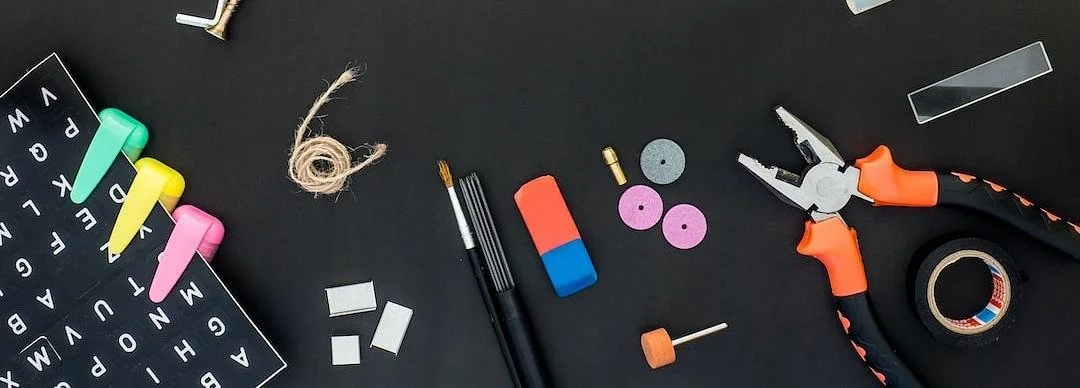The Migration Diaspora and the Invisible Women: The Forgotten Histories White Spaces Celebrating Slavery and the Empire
By
Zanib Rasool MBE, Shaheen Shah, Mariam Shah
Maps of Pakistan and Rotherham collaged with a range of objects including currency, textiles and bracelets displayed around an old leather suitcase. Caption: ‘Reimagining contested communities: Connecting Rotherham to research’ (Produced by the artist Shaheen Shah).
Museums, theatres, art galleries are white spaces that celebrate what is familiar and the norm, a selective history ‘represented back to the West, through the eyes of the West’ (Smith,1999:1).
Cultural buildings like museums and art galleries merely reaffirming the West’s view of itself as the ‘centre of legitimate knowledge, the arbiter of what counts as knowledge and the source of ‘civilised knowledge’ (Smith,1999: 63). A museum is a ‘white sanctuary’ argue Embrick, et al, (2019:995) ‘a white institutional space within a racialised social system that serves to reassure whites of their dominant position in society’ glorifying the Empire linked to slavery and colonisation of Africa and Asia. By writing this article we are contributing to Black scholarship and creating a public place for stories on the lives of the other, the forgotten first generation of Pakistani women who came here as spouses of men who played a significant part in rebuilding Britain’s heavy industries after the second world war. Their stories have not gained public recognition and they remain invisible women lost within the migration diaspora. This article is co-written by three British born second-generation South Asian heritage women asking the question: Where is our history in white spaces? Where are our stories?
More information:
To read the full article, click the PDF below.




